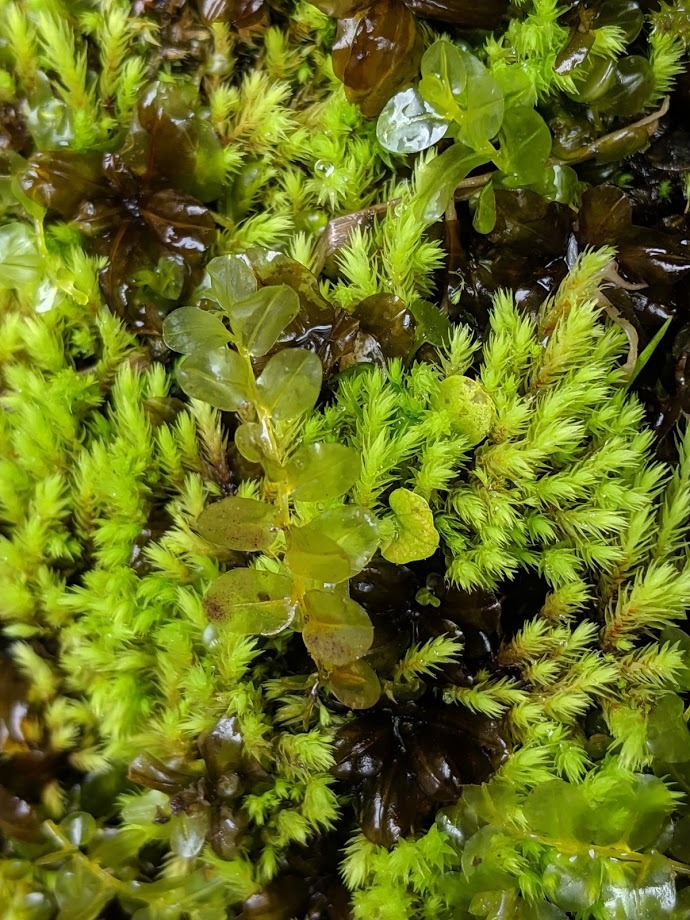Orthomnion
Synoicous or dioicous (not in Victoria). Asexual propagules absent. Dense or open mats on trees (not in Victoria), rocks or soil. Fertile and sterile stems differentiated, rarely similar (not in Victoria); fertile stems erect; sterile stems arching or prostrate, rarely erect (not in Victoria). Leaves erect- or wide-spreading when moist, variously crisped or contorted when dry, terete-foliate or often distichous in sterile stems; costae single, subpercurrent, percurrent or excurrent forming a mucro (not in Victoria); margins entire or singly serrate, unistratose, bordered with more elongate cells; laminal cells away from margins rounded-hexagonal, smooth; alar cells not differentiated. Opercula conic-apiculate (not in Victoria) or rostrate from conic base.
38 species distributed on all continents except Antarctica; 2 species in Australia; 1 in Victoria.
We follow the broader concept of Koponen & Sun (2017) whose phylogenetic studies, using chloroplast and ribosomal DNA sequences, showed that Orthomnion is nested within Plagiomnium, meaning there is no phylogenetic basis for recognising two genera. While Plagiomnium was the larger genus, the correct name for the more inclusive genus is Orthomnion, it is the older name.
 Spinning
SpinningSynonyms
Koponen, T.; Sun, Y. (2017). Preliminary study on phylogenetic position and delimitation of the ciliate arthrodontous genera of the moss family Mniaceae. Journal of Bryology 39: 23–38.
